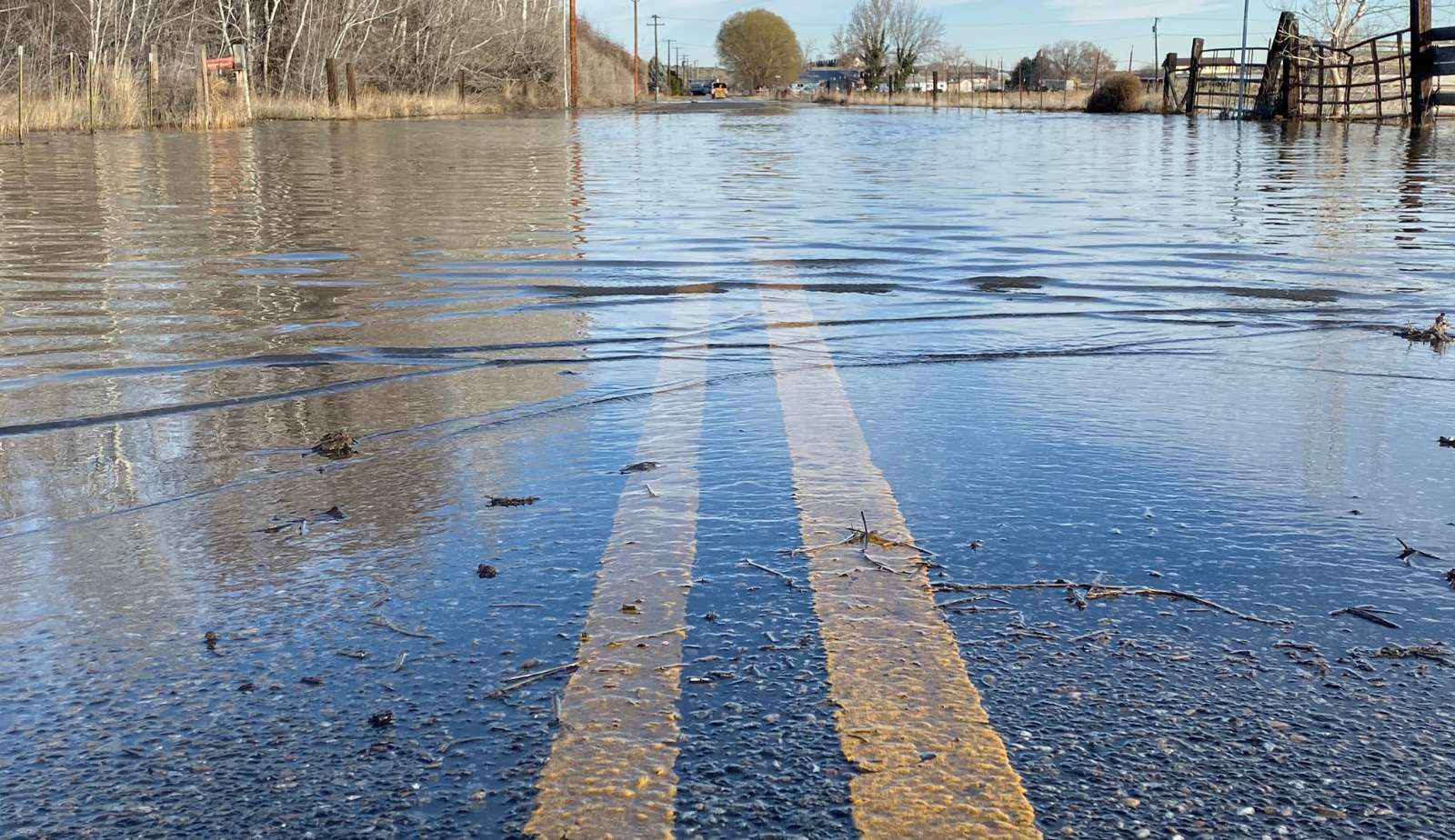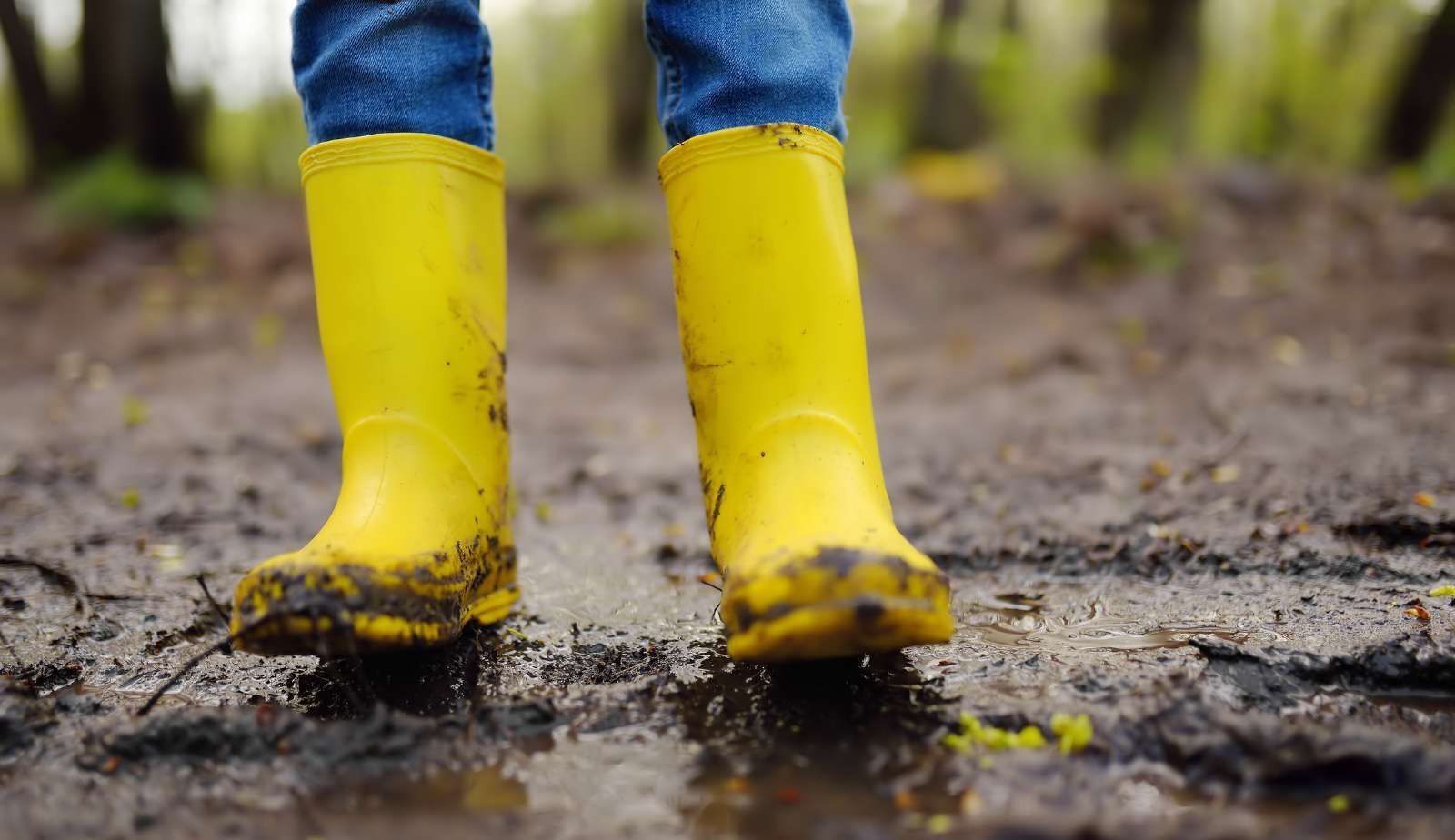Seasonal Water Damage Checklist for Louisiana Homes: A Year-Round Guide for Homeowners
In Louisiana, seasonal changes can significantly impact homes, especially regarding water damage. Homeowners can protect their properties by following a proactive seasonal maintenance checklist that addresses specific vulnerabilities throughout the year. From heavy rain in spring to high humidity in summer, each season presents unique challenges that require careful attention to prevent costly repairs.
During the spring, maintaining gutters and downspouts is crucial to diverting water away from the foundation. As summer brings increased humidity, checking for leaks and ensuring proper ventilation can thwart mold growth. In the fall, preparing for winter rains by inspecting roofs and sealing any potential entry points can prevent future headaches.
As winter approaches, regular maintenance checks ensure that homes remain resilient against the elements. By staying vigilant year-round, homeowners can safeguard their investments against water damage and enhance the longevity of their properties in this dynamic climate.
Understanding Water Damage Risks in Louisiana
Louisiana homeowners face a distinct set of challenges regarding water damage, largely due to the state's unique climate and geographical features. It is crucial to recognize the common causes of water damage and implement preventative measures to avoid costly repairs.
Common Causes of Water Damage
Heavy rainfall and hurricanes pose significant risks for water damage in Louisiana. Flooding is often a result of intense storms, leading to overwhelmed drainage systems and water accumulation around homes.
Factors such as:
- Poor drainage: Blocked gutters or downspouts can direct water toward foundations.
- Roof leaks: Damaged shingles or flashing allow rainwater to seep in.
- Foundation issues: Cracks can permit groundwater to intrude.
Regular home maintenance, including cleaning gutters and inspecting the roof, is vital. Attention to these details can prevent further damage and costly repairs.
Preventing Mold Growth and Structural Issues
Water damage creates an ideal environment for mold growth, which can lead to serious health problems. Maintaining low humidity levels inside the home is crucial for prevention.
Key steps include:
- Immediate cleanup: Address any leaks or water intrusion promptly.
- Ventilation: Ensure proper airflow in attics and basements.
- Moisture barriers: Use vapor barriers in crawl spaces to keep moisture out.
Ignoring these risks may result in significant structural issues over time, compromising the integrity of the home. Proactive measures can save homeowners both time and money in the long run.

Seasonal Maintenance Strategies
Regular maintenance is crucial for Louisiana homeowners to prevent water damage throughout the year. Each season presents unique challenges, requiring specific actions to safeguard properties against potential risks.
Spring Home Maintenance
Spring brings rain, making it essential to ensure proper drainage. Homeowners should clean gutters to remove debris that may cause blockages. This prevents water from overflowing and damaging the roof and foundation.
Inspect the roof for missing shingles or leaks. Conduct a thorough deep cleaning of the property’s exterior, focusing on areas prone to moisture buildup.
Also, check the HVAC system to ensure it is functioning optimally, preventing condensation issues. Consider landscaping adjustments to promote better drainage away from the home, enhancing its curb appeal while protecting against water damage.
Summer Home Maintenance
During the summer, routine checks become essential as humidity levels rise. Ensure the HVAC maintenance is up to date to combat moisture and prevent mold growth. Regularly change filters to maintain airflow efficiency.
Homeowners should assess the landscape, ensuring drainage ditches are clear and not obstructed by vegetation. Focus on maintaining healthy vegetation without overwatering, which can lead to soil erosion.
Inspect the foundation for cracks and apply sealants where required. This prevents rainwater infiltration during sudden summer storms. Maintain outdoor areas to promote proper water runoff away from the house.
Fall Home Maintenance
As leaves begin to fall, homeowners must prepare for upcoming winter months. Begin by thoroughly raking leaves to prevent them from clogging gutters, which can lead to water pooling on the roof and eventual leaks.
Inspect windows and doors for gaps and cracks, sealing them to prevent drafts and moisture penetration. Check the insulation in the attic, as proper insulation helps minimize the risk of ice dams in winter.
Homeowners should assess and prepare plumbing systems by insulating pipes to avoid freeze damage when temperatures drop. This proactive defense is vital for preventing winter-related water damage.
Winter Home Maintenance
Winter can be harsh, and precautions are essential to prevent frozen pipes and subsequent flooding. Homeowners should regularly monitor their heating systems to ensure they operate efficiently and maintain a consistent temperature throughout the property.
Inspect and remove snow buildup from roofs to prevent ice dams, which can trap water and lead to leaks. Clear gutters to ensure that melting snow drains properly.
Indoor inspections should focus on plumbing. Homeowners need to keep pipes insulated and allow faucets to drip during extreme cold to mitigate the risk of freezing. By following these strategies, water damage can be effectively minimized throughout the winter months.
Monthly Home Maintenance Checklists
Maintaining a home on a monthly basis minimizes the risk of water damage and enhances energy efficiency. Homeowners should focus on inspecting for any damage and ensuring heating and cooling systems operate effectively.
Inspecting for Damage and Wear
Homeowners should conduct regular inspections for any damage or wear in critical areas. This includes checking the roof for damaged shingles or leaks. Look for signs of water stains inside the roof or attic, which can indicate underlying issues.
Gutters should also be cleaned monthly to prevent clogs. Clogged gutters divert water towards the house, leading to potential water damage. Inspect downspouts to ensure they direct water away from the foundation.
Check exterior walls for cracks or signs of moisture intrusion. If any issues are found, consider caulking or sealing them to prevent further damage. This proactive approach helps maintain the property’s integrity and minimizes repair costs.

Heating and Cooling System Checks
Regular maintenance of heating and cooling systems is vital for indoor air quality and energy efficiency. Homeowners should replace air filters every month to ensure proper ventilation. Clean filters optimize airflow and improve energy efficiency.
Inspect heating systems for any unusual noises or inefficiencies. Schedule professional maintenance if needed, especially before the heating season begins. This ensures systems run smoothly and mitigates the risk of system failure during severe weather.
Check ductwork for leaks. Sealing any gaps enhances energy efficiency while improving air quality. By addressing heating and cooling systems monthly, homeowners can prevent larger issues and ensure optimal comfort throughout the year.
Home Safety and Disaster Preparedness
Homeowners must take proactive steps to ensure safety and minimize risks associated with water damage and other emergencies. Proper preparations can mitigate potential damage and facilitate faster recovery should disaster strike.
Securing the Home Against Storms
To safeguard a home against storms, homeowners should first evaluate their insurance policies. Having adequate homeowners insurance that covers storm damage is essential. They must document their property and maintain records of any valuable items for easier insurance claims.
Next, securing the property involves maintaining clean gutters. Clogged gutters can lead to water buildup and subsequent damage during heavy rains. It’s advisable to check and clean gutters regularly to ensure proper drainage.
Installing storm shutters or impact-resistant windows can provide extra protection against flying debris. Homeowners also need to secure outdoor furniture and garden items to prevent them from being blown away. Creating an emergency kit with essentials, such as water, non-perishable food, and a flashlight, is vital as part of storm preparation.
Fire Safety Measures
Fire safety is critical in every household. Homeowners should install smoke detectors in every bedroom and on each floor. Regular checks and battery replacements ensure these devices function properly.
Carbon monoxide detectors are equally important. This equipment detects harmful gas emissions and provides an early warning. They should be placed in hallways and areas close to sleeping quarters.
Homeowners must also have fire extinguishers readily available in the kitchen and other high-risk areas. Regularly check their pressure and ensure they are accessible.
Creating a fire escape plan and conducting regular drills with family members enhances preparedness. Keeping a list of emergency phone numbers can speed up response times during an emergency situation.

Landscape and Exterior Maintenance
Proper landscape and exterior maintenance is crucial for preventing water damage in Louisiana homes. Focused attention on grading and drainage will help homeowners protect their properties from seasonal rain and flooding.
Assessing and Improving Yard Grading
Homeowners should regularly assess the grading of their yards. Proper grading directs water away from the house. The ground should slope away from foundations at a minimum of 6 inches over the first 10 feet to prevent pooling.
If the yard is flat or slopes toward the home, consider raising the soil level with additional topsoil. Another option is to install mulch to improve drainage by helping absorb excess water.
It may also be beneficial to incorporate landscaping features such as swales or berms to redirect water flow. Planting shrubs and trees strategically can also assist in absorbing excess moisture, further reducing the risk of water damage.
Maintaining Drainage Systems
Maintaining drainage systems is vital for effective water management. Homeowners should routinely clear debris from gutters and downspouts to ensure they can efficiently channel water away from the home. Clogged gutters can lead to overflow, introducing water to the foundation.
Sump pumps should be regularly tested to ensure they are operational. This system can provide additional protection during heavy rainfall.
Homeowners must inspect drainage ditches or French drains, ensuring they remain unobstructed. Any signs of erosion around drainage features should be addressed promptly. Regular maintenance of these systems enhances their effectiveness, keeping water away from vulnerable areas of the home.
Interior Maintenance and Damage Prevention
Maintaining the interior of a home is crucial for preventing water damage. Proper attention to pipes and ventilation can protect against costly repairs and adverse conditions like mold growth.
Preventing Pipe Freezing and Leaks
To avoid frozen pipes and leaks, homeowners should insulate exposed pipes, especially in unheated areas like crawl spaces. Foam pipe insulation or heat tape can be effective solutions. During colder months, let faucets drip slightly to relieve pressure in the pipes.
Regularly check for visible signs of leaks, such as water stains on ceilings or walls. A proactive approach includes inspecting areas under sinks and behind appliances. If leaks are detected, they should be repaired immediately to prevent further damage and costly repairs.
Also, maintaining the home's heating system is essential. Ensuring that the home is adequately heated during cold weather can reduce the risk of freezing pipes.
Addressing Ventilation and Humidity
Strong ventilation in key areas helps control humidity levels, minimizing the risk of mold growth. Homeowners should regularly clean air vents and ensure that exhaust fans in bathrooms and kitchens are functional.
Installing a dehumidifier can assist in maintaining ideal humidity levels, especially in humid summers. During the winter months, it is important to monitor areas like the crawl space for excess moisture, which can lead to mold and structural damage.
Regular checks and maintenance of ventilation systems can help ensure effective airflow throughout the home. This aids in preventing stagnant air that can encourage mold growth and enhance indoor air quality.
You might also like
DryMax Restoration Blogs




